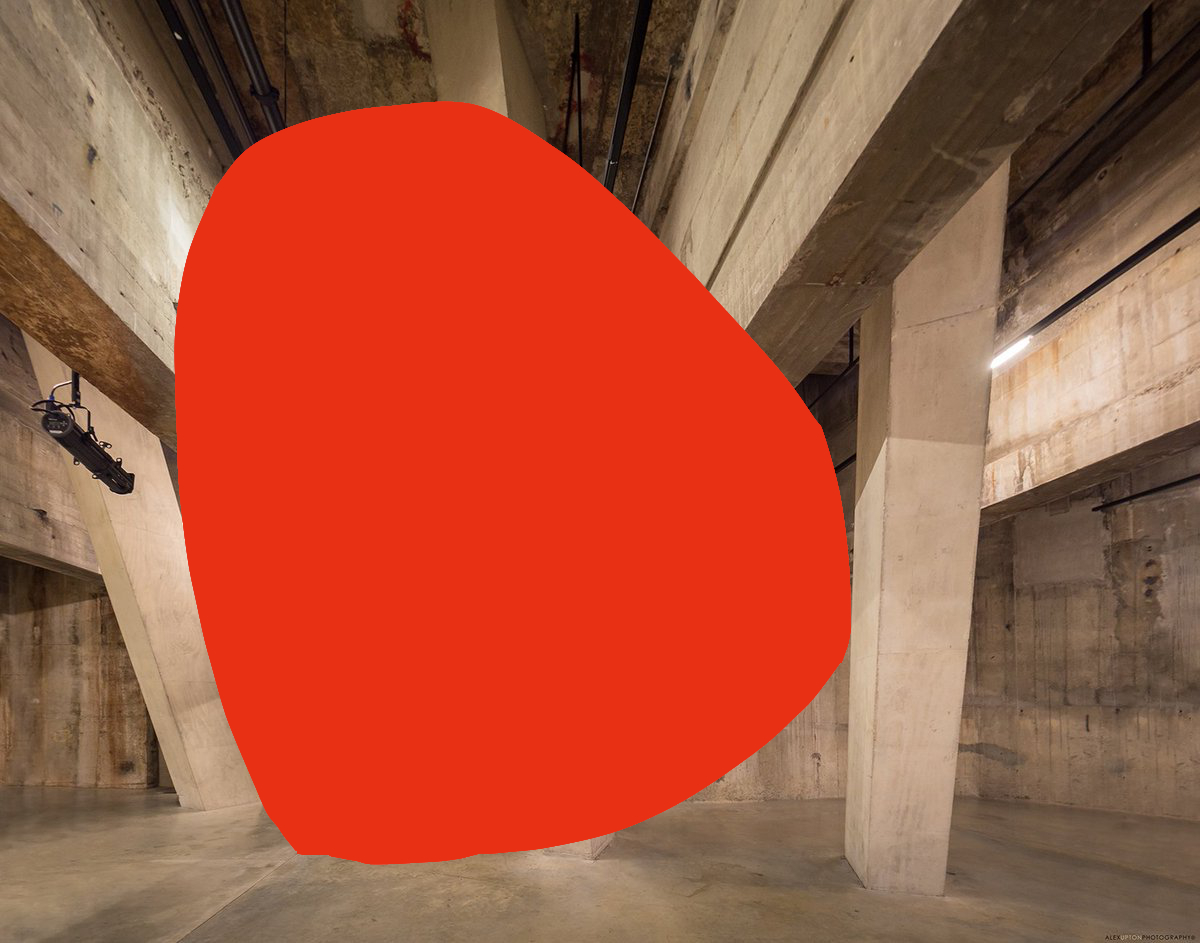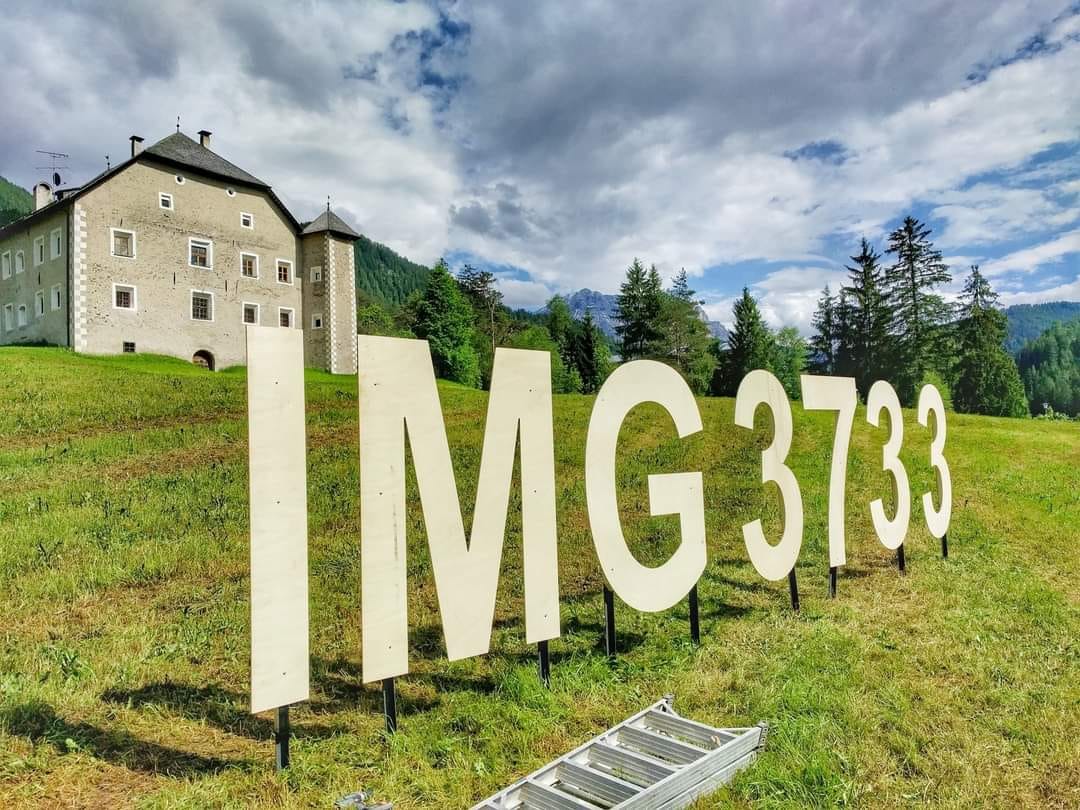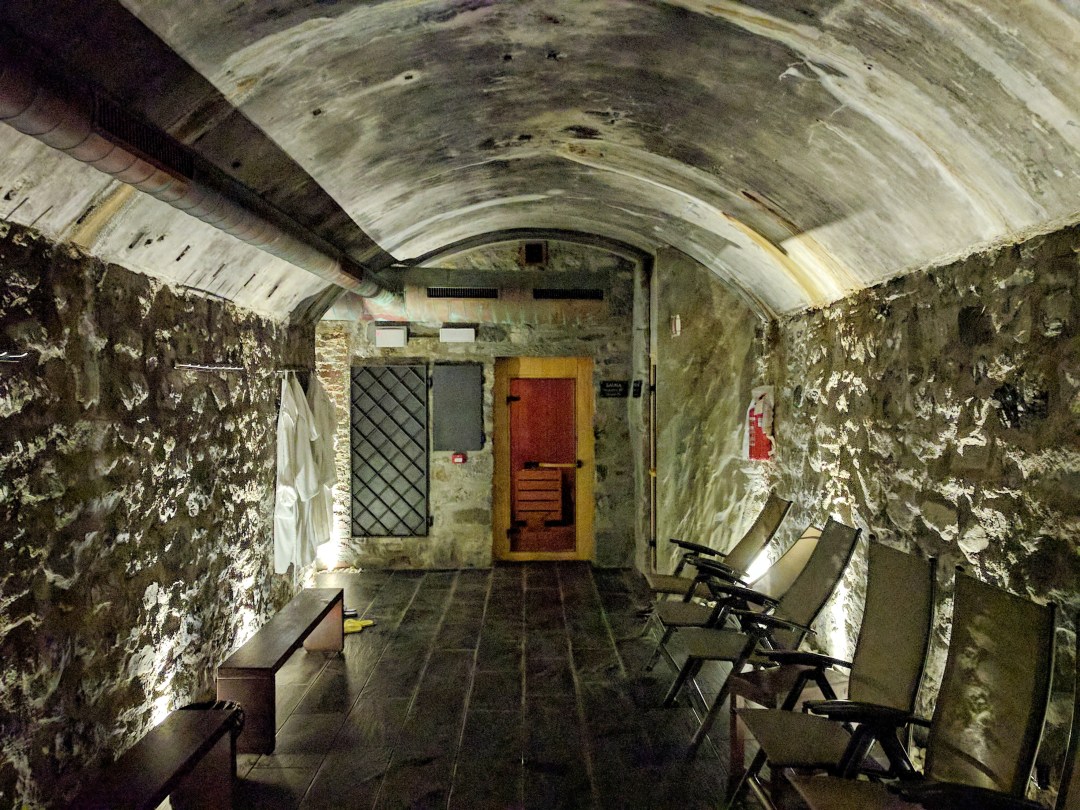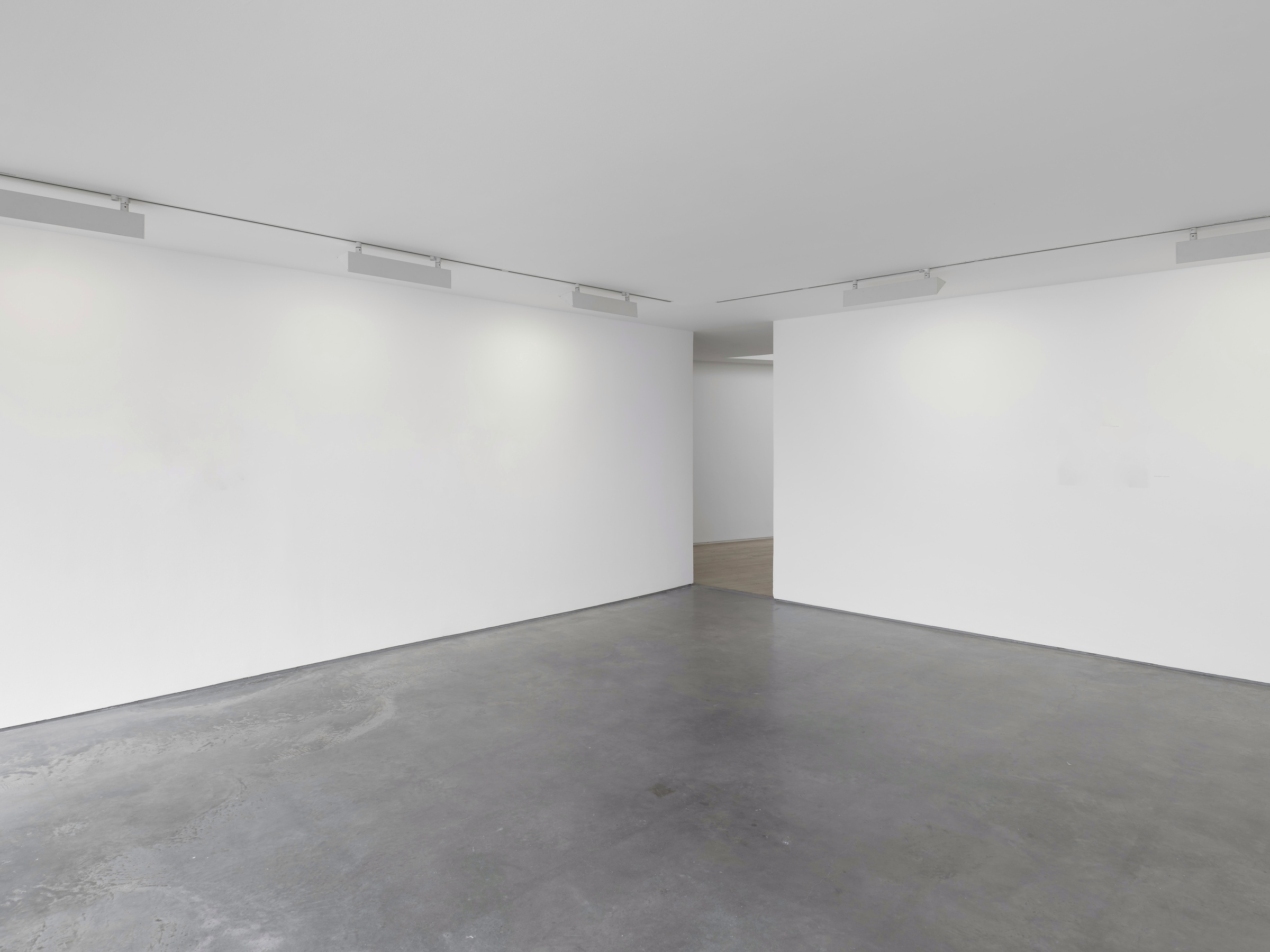LUCA ROSSI 2009 > 2023 > more info: info@documenta.live
Luca Rossi has been called the most interesting artistic personality in Italy by Fabio Cavallucci. Since 2009, ‘Luca Rossi’, an open collective, blogger, critical curator, artist and controversial figure in the art system, has been trying to stimulate more critical discussion on a daily basis in the field of contemporary art as a subject that could play a fundamental role in our present. From his own critical reflections, widely disseminated through magazines such as Flash Art, Exibart, Artribune and with 770,000 people reached on social media in the last 12 months alone, an unconventional artistic project has descended, dissemination and training projects with the creation in 2016 of the “Luca Rossi Art Academy” (www.documenta.live). In 2014, Giacinto Di Pietrantonio interviewed in Artribune, referred to Luca Rossi as the future promise of contemporary art, comparing him to what ‘Vanessa Beecroft’ might have been in the 1990s. Despite the fact that some ‘critical nodes’ are extremely well-known in the art system (‘Ikea Evoluta’, ‘Young Indiana Jones Syndrome’ and ‘Grandparents Parents Foundation’, etc.), Luca Rossi still experiences ostracism in a system that still cannot accept some increasingly necessary and urgent reflections. In 2014, the famous art critic Angela Vettese declared that since reading Luca Rossi’s texts, she has decided to no longer dedicate herself to the practice of art but only to theory.
Selected official and unofficial art projects:
Mart, Rovereto (2009); Whitney Biennial, New York (2010); Biennale di Venezia (2013, 2015, 2019, 2022); Abbazia di Sénanque (2013); Gamec di Bergamo (2014); Boros Collection, Berlino (2015); Serpentine Gallery, Londra (2015); Fondazione Prada, Milano (2016); Hotel Helvetia, Porretta Terme (2016); Quirinale, Roma (2017); SMACH 2017, Val Badia (2017); New Museum, New York, (2017, 2021); Tate Modern, Londra (2017, 2021); National Gallery of Scotland (2018); Centrale Fies/ Manifesta 12, 7800 Project (2018); Fondazione Sandretto Re Rebaudengo, #OccupySandretto (2018); ICA Milano (2019); Gagosian Gallery Rome (2019); Venezuelan Pavilion (2019); Prada Foundation Venice (2019); My Arbor My Art, MyArbor (2019); Palazzo Strozzi (2021,2022); Hangar Bicocca (2021); Bourse de Commerce (2021); Pompidou Museum (2022); MoMA Museum (2022); Documenta 15 (2022); Lisson Gallery (2022), BienNolo (Milano 2023); Bourse de Commerce (Paris, 2013); Galleria SIX (Milan, 2023); Campanini Contemporary (Berlin, 2024); Padilione Itaglia, Magazzeno Art Gallery (Bologna, 2024).
Artworks by Luca Rossi are within these art collections: Pietro and Luciano Lomonaco, Antonio Dalle Nogare, Marcello Forin, Giorgio Fasol, Marco Rosa and Mauro De Iorio.
CRITICISM, THE FIGHT, THE FUTURE: LUCA ROSSI
In the Italian contemporary art scene there is a figure of considerable interest. Luca Rossi–artist/ collective, critic, curator, and blogger–is a controversial personality who works in anonymity, as some kind of Anonymous of the Art System. In Luca Rossi’s philosophy, the ego no longer exists because anyone can be Luca Rossi, at the same time that the “critical process”, the virtual space of the Internet, and the real context no longer have boundaries and blend into one.
“Luca Rossi” was born in 2009 from the severe critical context that he himself triggered. “Evolved Ikea”, “Young Indiana Jones Syndrome”, “Smart-relativism”, “Grandparents and Parents Foundation”, are just some of the keywords around which Luca Rossi has been developing a daily critical work. Critical concepts that affect an entire generation of artists forced to confront a century as dense as the twentieth century. This critical work has allowed him to anticipate a fusion and confusion of roles that we can now see very well in a role that we could define as “spectauthor”. Luca Rossi’s unconventional projects arise from a manipulation of information that is treated exactly as if it were clay to be moulded, long before the concept of “fake news” became so important in the public debate. The nature of his works experiences a fibrillation between imagination, conventional object, direct experience and mediated experience.
Today individuals experience a sort of “non-experience” in the sense that they spend most of their time surfing the “network”, producing a “new memory-without memory” or a “passive and a-critical assimilation” into the system. Luca Rossi knows this well. He constantly reminds us of the history of art and ideas, of our past, of what it means to be critical and active, struggling to preserve one’s own authenticity and originality in the great McDonald that is our contemporary world.
Many curators and artists, both in Italy and Europe, have been following Luca’s work with great excitement. By now Luca is considered the only critical voice that “stands out” in the current Italian landscape.
It is worrisome that Luca’s work has yet to be recognized by institutions and organizations, despite receiving the acknowledgement of the public and many curators and artists. This says a lot about what the value that the Italian system places on the “real artist”. The Italian contemporary landscape has been dragging itself down for more than 10 years, producing artists who “copy and paste”, endless repetitions of projects signed by the same names, and decreeing the end of contemporary art.
Luca Rossi is an independent author for which anyone can be “Luca Rossi”. In this way everyone is stimulated to a new sense of opportunity and responsibility.
Luca Rossi started the blog Whitehouse as a platform for art criticism, information, and art-related projects in 2009. A better synthesis of the blog could be found on : www.lucarossilab.it. Major representatives of the art world have participated in the blog, contributing to its popularity. Luca Rossi has written in social networks and specialized magazines like “Flash Art”, Artribune.com, Exibart.com and Huffington Post with lucid criticism and originality.
Enrico Morsiani (1979) is the coordinator of the open collective Luca Rossi. In 2004 he graduated at Bologna University in International and Diplomatic Sciences. Between 2001 and 2009 he took part in solo and group exhibitions in Italy and abroad. Between 2005 and 2010 he attended “ImproTeatro” theater improvisation courses and today he works on the field of communication. In 2016 he opens the “Luca Rossi Lab” site that develops and coordinates all the projects realized in 10 years.
Luca Rossi was defined “the most interesting personality” in Italy by Fabio Cavallucci, and “the new Vanessa Beecroft” by Giacinto Di Pietrantonio. In 2011 Alfredo Cramerotti (curator of “Manifesta” and Museum Director Mostyn, Wales) wrote: “To be honest, I’m not Roberta (a 2011 project by Luca Rossi) made me think more than dozens of other projects I have seen “live”. In 2013 the art critic Angela Vettese stated that since he read Luca Rossi’s blog she stopped devoting himself to the practice of art but only to theory. In December 2015 a comparison between Mario Perniola and Luca Rossi was published in the magazine Alfabeta2. In 2017 an article from Artribune magazine summarizes Luca Rossi’s work starting in 2009.
Selected official and unofficial art projects:
Mart, Rovereto (2009); Whitney Biennial, New York (2010); Biennale di Venezia (2013, 2015, 2019, 2022); Abbazia di Sénanque (2013); Gamec di Bergamo (2014); Boros Collection, Berlino (2015); Serpentine Gallery, Londra (2015); Fondazione Prada, Milano (2016); Hotel Helvetia, Porretta Terme (2016); Quirinale, Roma (2017); SMACH 2017, Val Badia (2017); New Museum, New York, (2017, 2021); Tate Modern, Londra (2017, 2021); National Gallery of Scotland (2018); Centrale Fies/ Manifesta 12, 7800 Project (2018); Fondazione Sandretto Re Rebaudengo, #OccupySandretto (2018); ICA Milano (2019); Gagosian Gallery Rome (2019); Venezuelan Pavilion (2019); Prada Foundation Venice (2019); My Arbor My Art, MyArbor (2019); Palazzo Strozzi (2021,2022); Hangar Bicocca (2021); Bourse de Commerce (2021); Pompidou Museum (2022); MoMA Museum (2022); Documenta 15 (2022); Lisson gallery (2022), Galleria SIX (2023).






